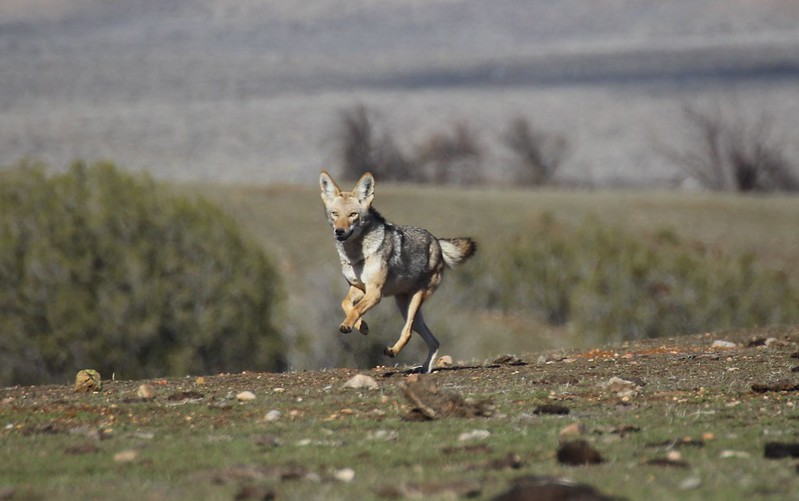I have called 3 coyotes so far in about 2000 tries it seems. The 3 part is for sure correct.
All 3 were reacting to to a cross wind situation in some fashion. 2 were fairly close to being down wind but were held by a creek , and the other was circling to down wind when I shot.
I always hear to keep the wind in my face, but that puts the downwind behind me where I can't see. It seems to me a crosswind is a better thought process where I can see downwind and just know I need to shoot before they get there, or I need to keep something like a creek, road, building etc to keep them from wanting to get down wind. Is this a correct thought process?
My only concern with the cross wind is I probably will get winded more, but at least I should be able to see them vs getting winded and not seeing them if they are behind me, or them seeing me first.
All 3 were reacting to to a cross wind situation in some fashion. 2 were fairly close to being down wind but were held by a creek , and the other was circling to down wind when I shot.
I always hear to keep the wind in my face, but that puts the downwind behind me where I can't see. It seems to me a crosswind is a better thought process where I can see downwind and just know I need to shoot before they get there, or I need to keep something like a creek, road, building etc to keep them from wanting to get down wind. Is this a correct thought process?
My only concern with the cross wind is I probably will get winded more, but at least I should be able to see them vs getting winded and not seeing them if they are behind me, or them seeing me first.







